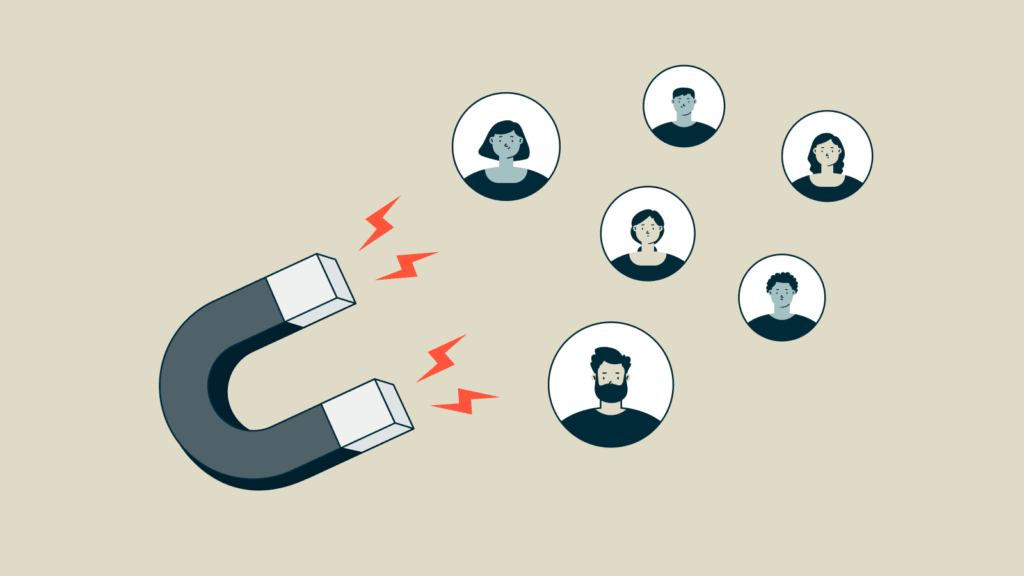Customer retention stands as a cornerstone for any business, fostering the return of both new and existing clients time and again. Research from the Harvard Business Review reveals that even a modest 5% uptick in customer retention rates can substantially bolster a company’s profit margins. Such findings underscore the paramount importance of prioritizing client satisfaction within a business’s overarching strategy. This piece delves into the objectives, methodologies, and significant outcomes associated with client retention within organizational contexts.
Setting Client Retention Goals
When customer retention is a priority, setting the specific and measurable targets is the main part of the success. Comprehending the leading indicators includes customer satisfaction scores, repeat purchase rates and customer lifetime value. These metrics are valuable resources and can highlight issues, which you can then use to identify areas for improvement. The other significant aspect is to match the client retention goals with your business objectives, making sure that your long-term growth and sustainability are supported.
Another aspect of client retention is the cost-saving benefits it brings. In addition to client retention, it’s crucial to consider the cost-saving advantages it offers. As reported by Zendesk, a software-as-a-service provider specializing in customer support solutions, companies typically allocate more resources towards acquiring new clients than maintaining existing ones. Hence, having a focus on improved programs can be a key competitive differentiator.
Exploring Client Retention Methods
Using AI chatbots for instant assistance is a potent strategy that can be further optimized by enhancing workforce proficiency with them. These chatbots leverage machine learning algorithms to deliver tailored responses to customers, thereby improving the overall quality of customer service.
Tech experts must first be deployed to assess the capabilities of the current communication tech stack, architecturing the proper deployment of such innovation. Smooth merging of these chatbots within the legacy systems is a priority rather than instant adaption.
With the assistance of managed IT services, SMBs and enterprises can enjoy the benefits of having the right tools and resources to address timely resolution of customer issues, providing the workforce to practice instant response and increase client satisfaction. This fosters tailored and individualized solutions, enhancing customer rapport and cultivating repeat purchases.
Analyzing Outcomes of Client Retention Efforts
Tangible and far-reaching are the outcomes of client retention efforts. The existing customers’ loyalty and advocacy, resulting in a continuous flow of referrals and reviews with a positive perception will certainly help to boost your reputation and credibility. What is more, profits and high customer lifetime value are the direct outputs of practical loyalty customer retention efforts, as the loyal clientele tends to spend more over time and is less likely to be taken by the competitors.
Sum-ups
In the end, client retention is a key part of business profitability, influencing not only earnings but also share in the market. By articulating definite objectives, improving retention techniques, and evaluating the consequences of doing so, you will optimize your organization for the competitive and dynamic commodity market. Relationship management and retention strategies for clients, especially with expert services, prove to be successful in the growth and profitability of a business. Therefore, avoid undermining the value of retaining loyal clients – it is the ultimate lock that opens the door to the full business potential.






